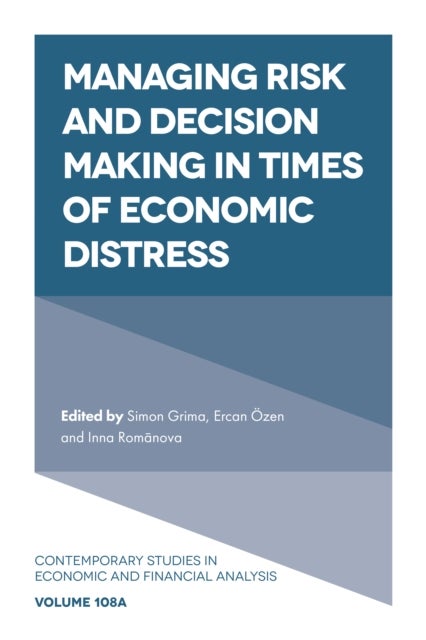
The Gap Between Rich And Poor av Mitchell A Seligson
1699,-
"Increasing concern has been expressed by Third World leaders and international organizations alike over the growing gap between rich and poor nations. Between 1950 and 1980 alone, the per capita income gap between low-income and industrialized countries grew from $3,677 to $9,648. In addition, within the developing nations themselves, an ever-widening gap separates the rich from the poor. Other evidence suggests that middle-income countries may be gaining on the rich countries. Some research shows that the gap in education and health is narrowing rather rapidly, and studies of domestic inequality have revealed that growth with equity has occurred in a number of developing nations that have committed themselves to such a policy. This volume presents the evidence for both sides of the debate. It begins by stating the conventional wisdom¿that international and internal gaps are widening¿and goes on to examine the major explanations offered, which focus on culture, urban bias, dependency,








